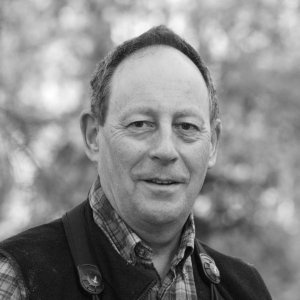
Paul Sterry is a passionate conservationist and has been writing about natural history and photographing wildlife for the last 40 years. He founded the international competition Bird Photographer of the Year and is a trustee of the charity Birds on the Brink.
Formed earlier in the year – by unfortunate timing just on the cusp of lockdown – now seems a good time to spread the word about the newly-fledged, conservation grant-awarding charity Birds on the Brink. And here seems a particularly good place to do so since blog-host Mark Avery is on the charity’s advisory panel.
In evolutionary terms Birds on the Brink has its origins in the international competition Bird Photographer of the Year, whose aspirations have always been to promote and help fund conservation, alongside its aim of inspiring people to care using compelling imagery. Over the years the competition has raised over £10,000 to support the likes of the British Trust for Ornithology, the Birdfair annual conservation project, the World Land Trust, the Bermuda Petrel nest-site program (through the Bermuda Audubon Society) and Hookpod. But things have not stopped there. In recognition of the need for urgent action the team behind BPOTY established the charity Birds on the Brink. Profits from Bird Photographer of the Year (BPOTY) contribute to Birds on the Brink funds and help support bird-related conservation projects on a grant-awarding basis. The charity can be seen as a logical progression arising from the competition, one that formalises the competition’s conservation aims and retains funding ties with BPOTY.
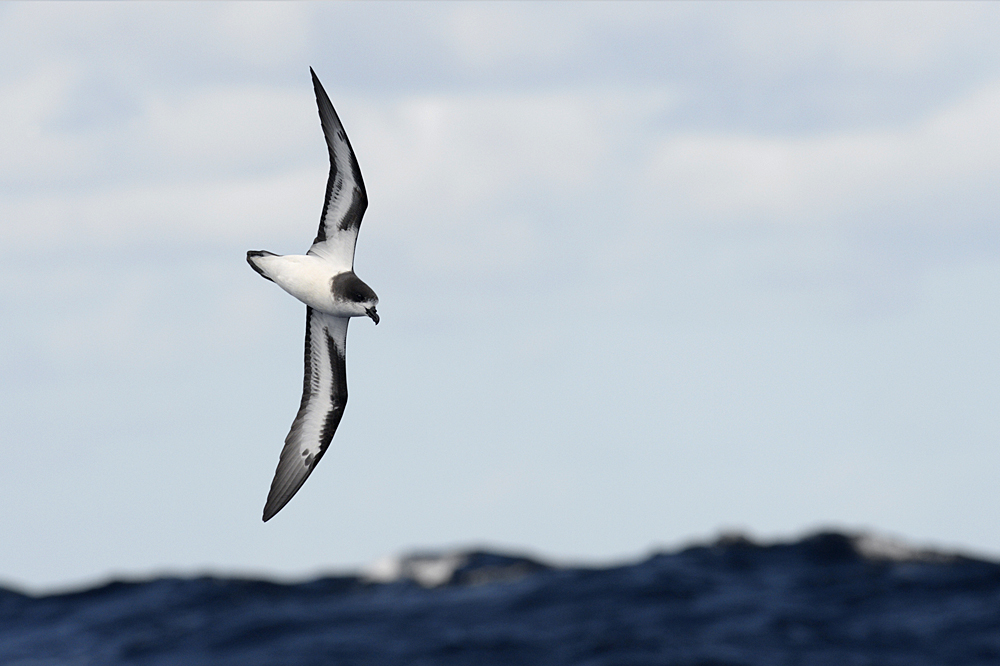
Birds on the Brink was born of a passion for wildlife and in particular birds, but also out of a sense of despair: a response to the seemingly unstoppable process of human environmental exploitation and biodiversity’s steady progression towards extinction. However, at the heart of Birds on the Brink is a recognition that all is not yet lost and that if enough people care passionately enough about the world we live in, we stand a chance of reversing the decline. Like enlightened conservationists the world over, we know the first step is to engage and educate people about the issues, and that is where striking imagery can help capture the imagination and nurture interest and compassion.
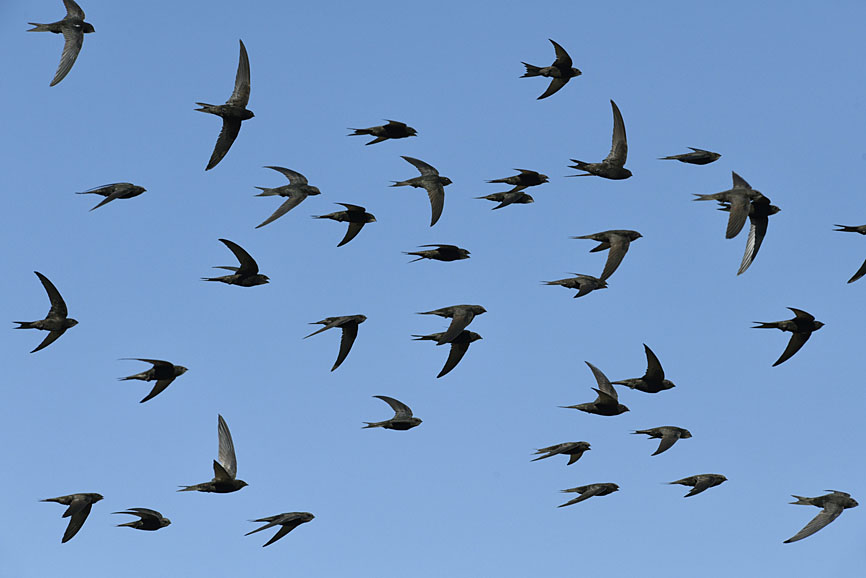
Turning back the clock for a minute, it is sobering to realise that fears about environmental degradation are nothing new. In his 1969 book The Vanishing Wild Life of Britain, Brian Vesey-Fitzgerald wrote: ‘…there is nothing new about it. Wild life (sic) has always been vanishing from Britain. It has been doing so from the moment that Man began to colonize the island. That is perfectly true. But it is a truth with a difference. And the difference lies in Man himself.’ Reading his last sentence there appears to be germ of optimism lurking there: humankind as the problem but also the solution. Looking around us there may appear to be little cause for environmental cheer at the moment and it is not surprising that Sir David Attenborough describes the UK as ‘…one of the most nature depleted places on the Planet’. But it doesn’t have to stay that way. What’s needed is for far more people to be inspired to care and to combat environmental contempt and indifference. In a modest way, empowering that ambition is the goal of Birds on the Brink in a nutshell.
The problems facing the environment are now global of course and the pace of change is accelerating. To illustrate this point, let’s use birds as a barometer of biodiversity decline generally. Using figures from the International Union for Conservation of Nature (IUCN) and BirdLife International, if we step back in time to, say, the year 1500 then a reasonable guess would be that there were 11,147 species of birds alive and well on the planet. BirdLife states that today at least 40% of bird species worldwide have declining populations. IUCN have a tiered system of Global Red List categorisation and in increasing order of risk of extinction, 1,107 species are classed as Near-threatened, a further 800 are considered Vulnerable to Extinction, 461 are Endangered and Threatened with Extinction, a further 225 are classed as Critically Endangered, and 164 are now either Extinct or Extinct in the Wild.
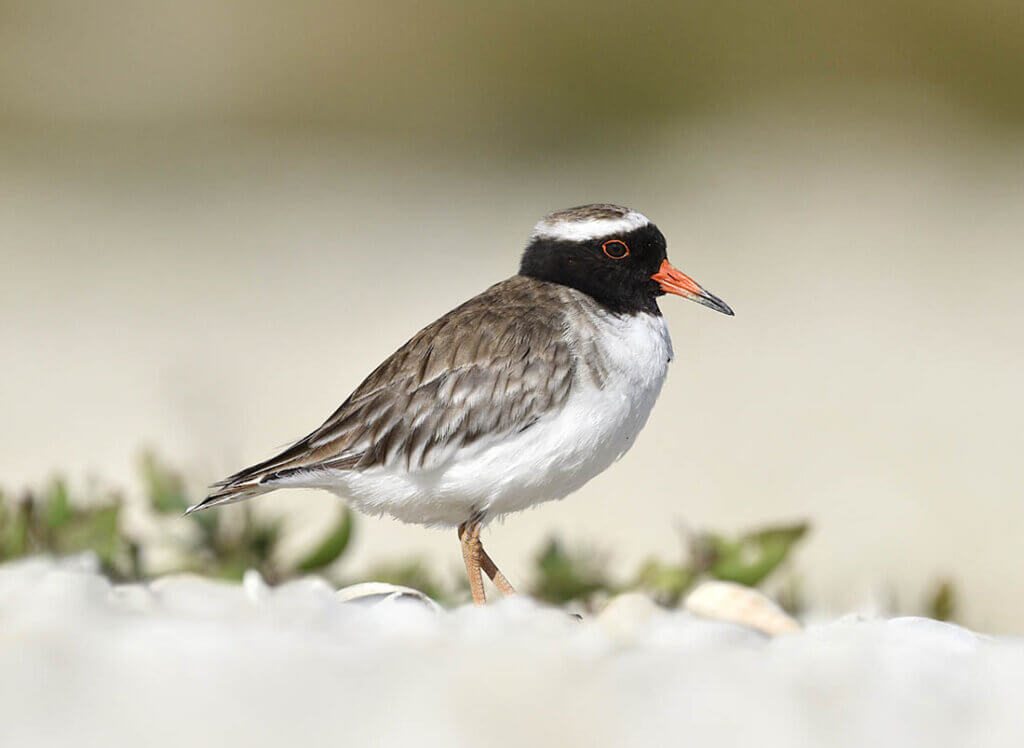
The threats that each species face may be subtly different but they all fall under the umbrella of humankind’s exploitation of and impact on the environment. The majority of that impact has happened in the mechanised era of the last 70 years – in our lifetimes. So collectively it’s our responsibility, and unless we do something about it, that’s the legacy we leave to future generations along with an almost institutionalised acceptance that erosion and degradation of the environment and our wildlife is an inevitable and acceptable consequence of human advancement. It is not.
I am often told I am a glass-half-empty person, which is perhaps not surprising given that I favour wildlife and wilderness over human contact and suburbia, yet live in beleaguered countryside on the outskirts of development-obsessed Basingstoke. However, even I am capable of glimmer of optimism. Like no other instance in my lifetime, Covid has demonstrated the inter-connectivity of people and wildlife, the consequences of abusing this relationship and the benefits of respecting it. It has brought out the worst and the best in people and shown us that human ingenuity knows no bounds. Let’s see if this ingenuity and creativity can spread to the conservation world, specifically to projects whose scope might merit a grant from Birds on the Brink. Of particular interest would be bridging the environmental gap between urban and rural, bringing genuine net native biodiversity gain to our towns and cities, not just token, planning-law-driven requirements that in my local experience are hardly worth the name.
In the meantime, what can you do to help? If you have a creative and innovative conservation project for which you need funding, Birds on the Brink will be pleased to consider your grant application. Typically, we favour overlooked existing projects or ambitious start-ups, where a relatively small amount of money is likely to achieve the most good. £300 to £1,000 is the normal range of received grants. Visit the Birds on the Brink website for more details, and don’t forget to sign up to our newsletter. In addition, if you are a bird photographer, or have a friend or family member who is a bird photographer, don’t forget to enter the next BPOTY Competition, which opens in January 2021. Keep an eye on social media for the exact date. As the competition prospers, so conservation will benefit.
In the meantime, Birds on the Brink was pleased recently to provide BirdLife International with a donation to help combat a despicable incident where West African vultures were slaughtered for use in ‘traditional medicine’. Sadly, this is not an isolated incident and it is something that BirdLife International has been concerned about for years. To find out more, visit their African Vulture webpage.
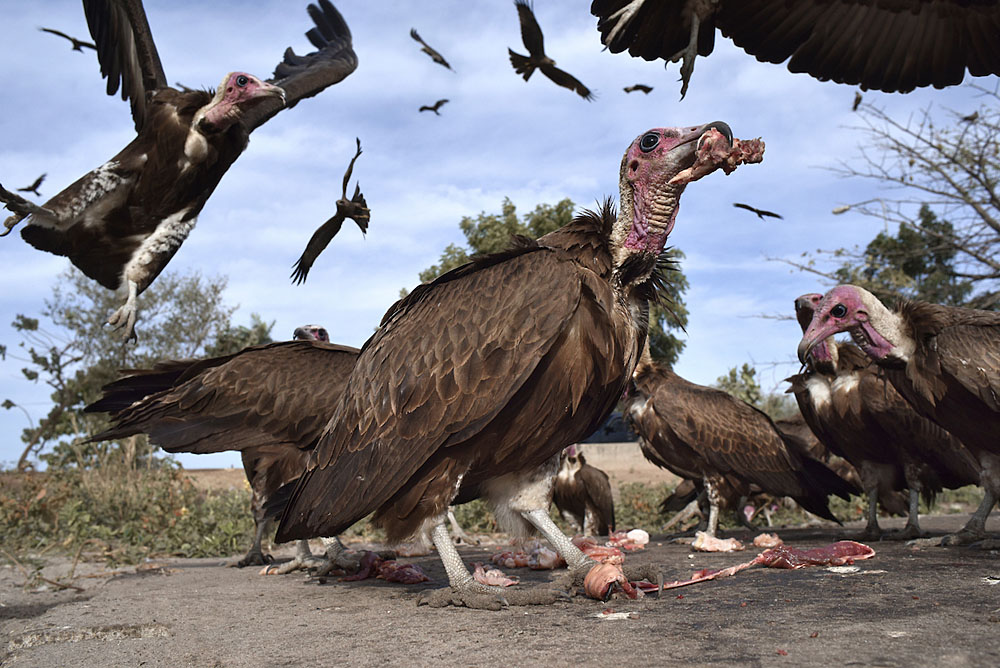
What a wonderful project ! And perhaps not surprising the most spectacular, inspiring images !
I would like to take up one point with you, Paul, because it is one of the most ignored issues in English conservation: the fate of Nightingales. Did you realise that roughly half England’s woodland – a massive 500,000 hectares – is unmanaged, and that is biased towards ancient native woodland ? Huge areas that used to be coppiced have grown way up and become useless for Nightingales, and even when coppicing does take place deer increasingly eat out the dense understorey thicket vital for Nightingales. The ‘neglect’ isn’t just casual – quite a large number of woods classified as nature reserves are in the same boat, because getting management going is difficult and expensive. In contrast to most other issues, we actually have the habitat there and ready to save Nightingales – the problem is bringing it back into the right sort of management. Yet you’ll struggle to find more than a passing reference to this huge issue in most conservation strategies.
Thanks Roderick,
That’s a good point. Check back through past blogs written for Mark, and on NPL Second Nature, and you will find discussions about management and abandonment of woodlands in the UK. Might provide some food for thought there…
Paul – thanks, I will,
Roderick